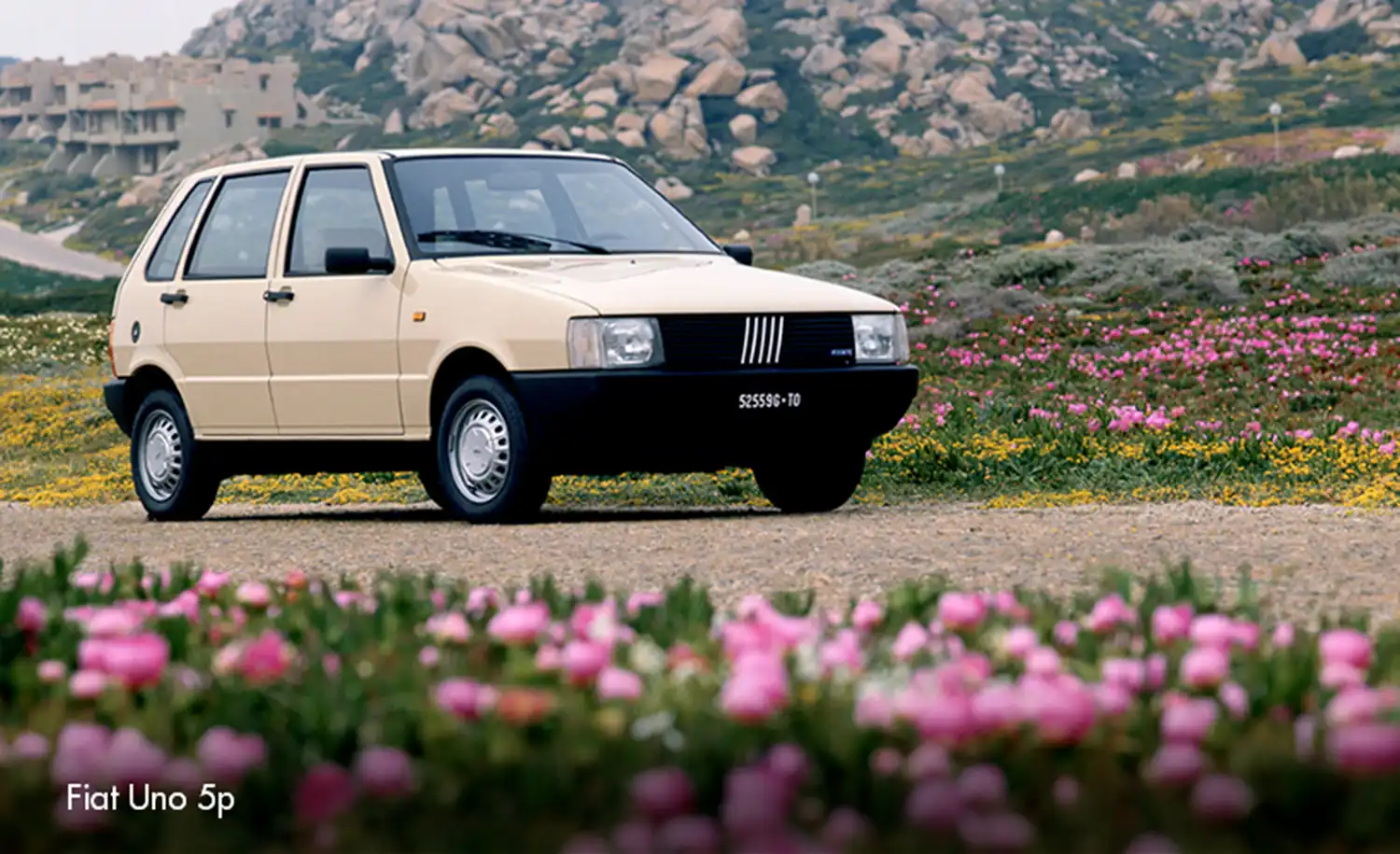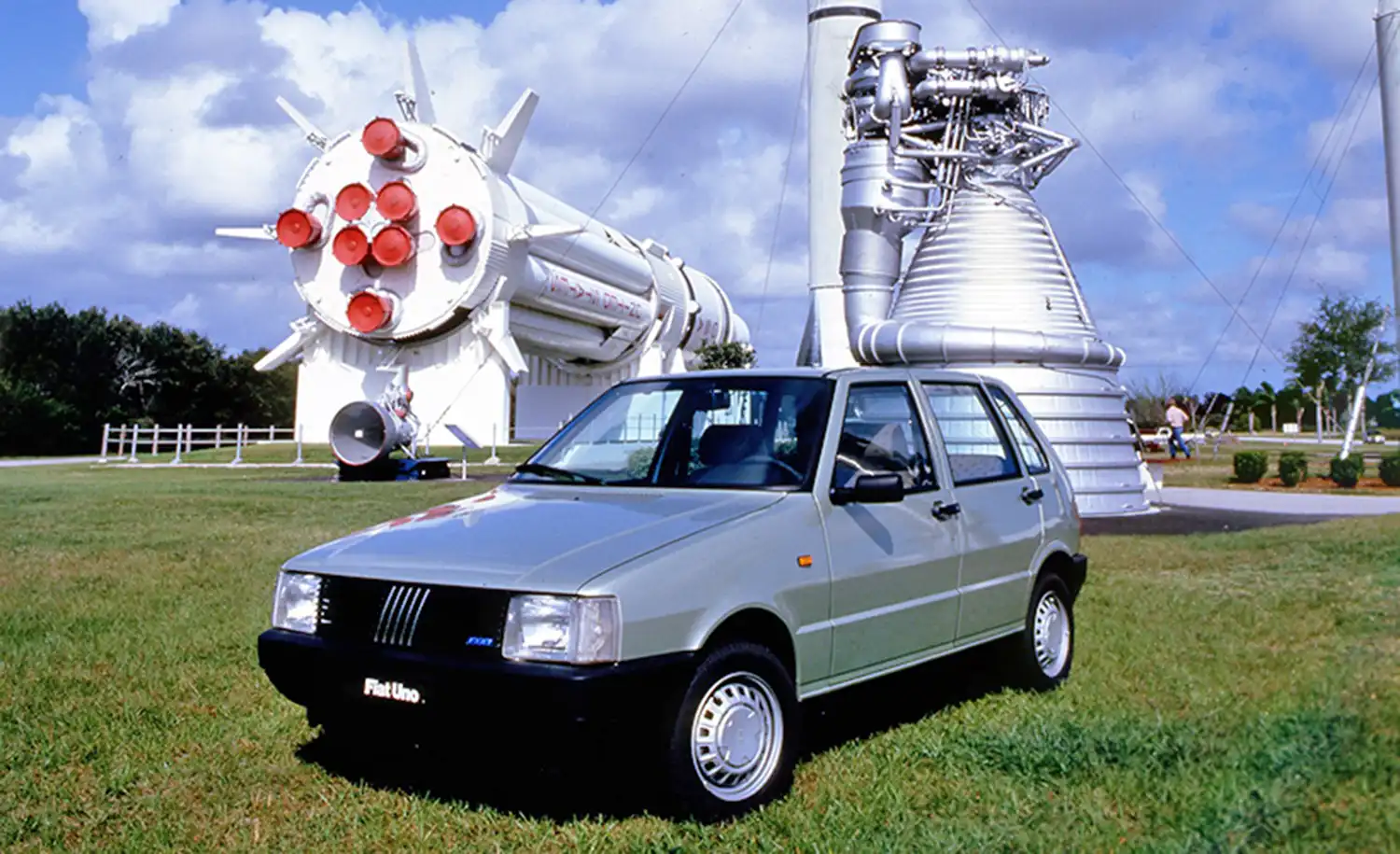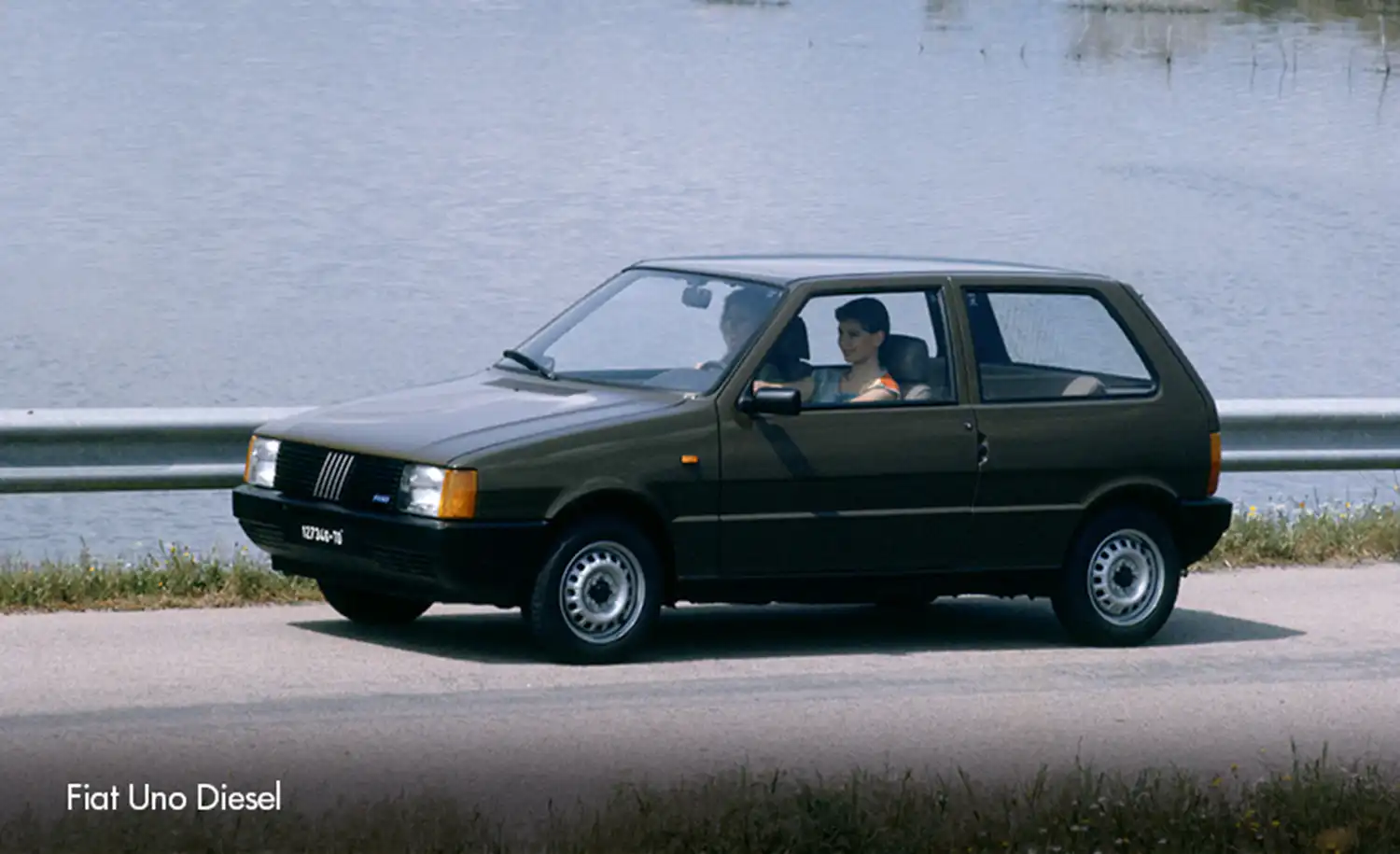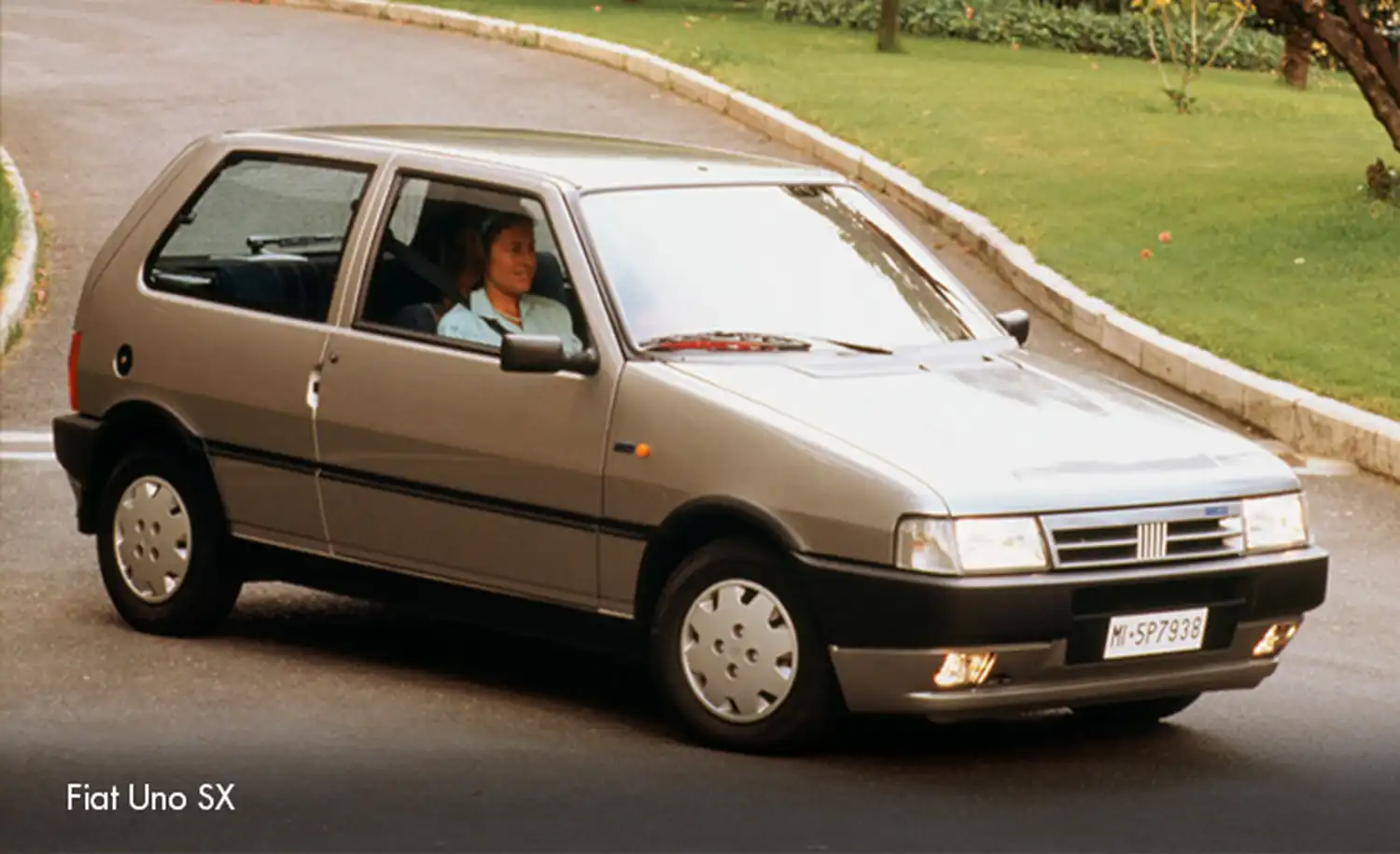
The Fiat Uno was more than just a small hatchback, it was a sign of things to come. Launched in 1983, this innovative little car brought modern design, smart engineering, and robotic production to the mass market. It was Fiat’s big leap into the future, dressed in compact dimensions.
Fiat Uno and the Beginning of a New Era
Unveiled in the United States with flair, the Fiat Uno marked a moment where technology, space, and design aligned. Giorgetto Giugiaro’s Italdesign gave it a bold, clean profile that emphasized height and cabin space. It felt futuristic, and it was.
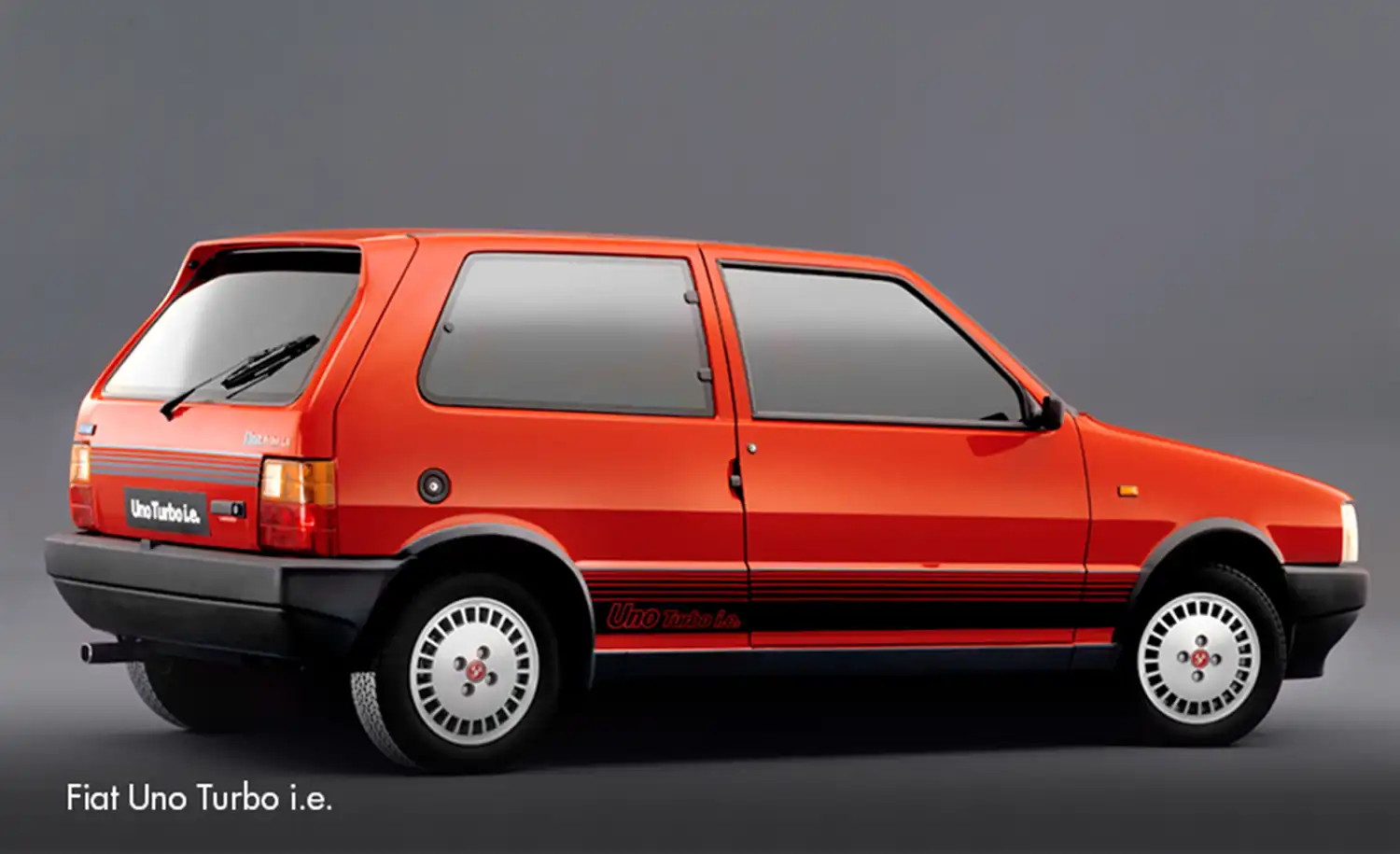
The launch campaign reflected that forward-thinking spirit. Fiat sent journalists on a tech-themed journey from Cape Canaveral to Disney’s EPCOT, underlining how the Uno symbolized progress.
Inside-Out Innovation
Inside, the Fiat Uno impressed with its practical and minimalist interior. The dashboard featured control satellites flanking the instrument cluster and a smartly placed full-width shelf. There was even a single central wiper with various speed settings, a detail that revealed how much thought went into the design.
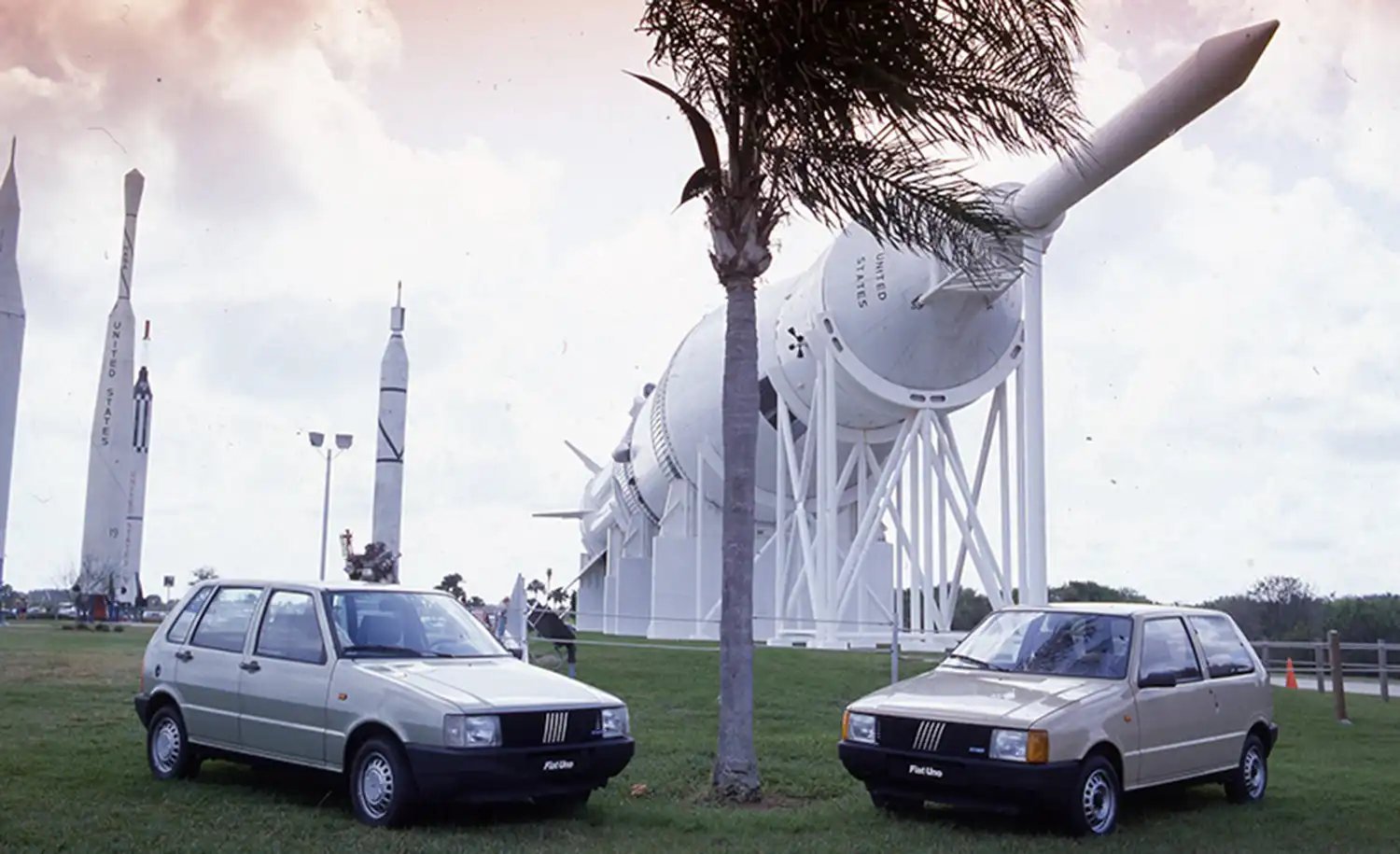
But perhaps the biggest breakthrough happened behind the scenes. Fiat invested heavily in robotics, with the Uno becoming the first car assembled and painted by robots in Fiat’s factories. The result was more consistent build quality and production speed.
Fiat Uno Performance and Engine Highlights
The original Uno 45 ran on a 903cc four-cylinder engine producing 45 hp and hitting 140 km/h. It was light, just 700 kg, making it agile and fuel-efficient.
Later versions included the Uno 55 and Uno 70 with larger engines, and eventually, the FIRE (Fully Integrated Robotized Engine) lineup. These brought better fuel economy and performance to match.
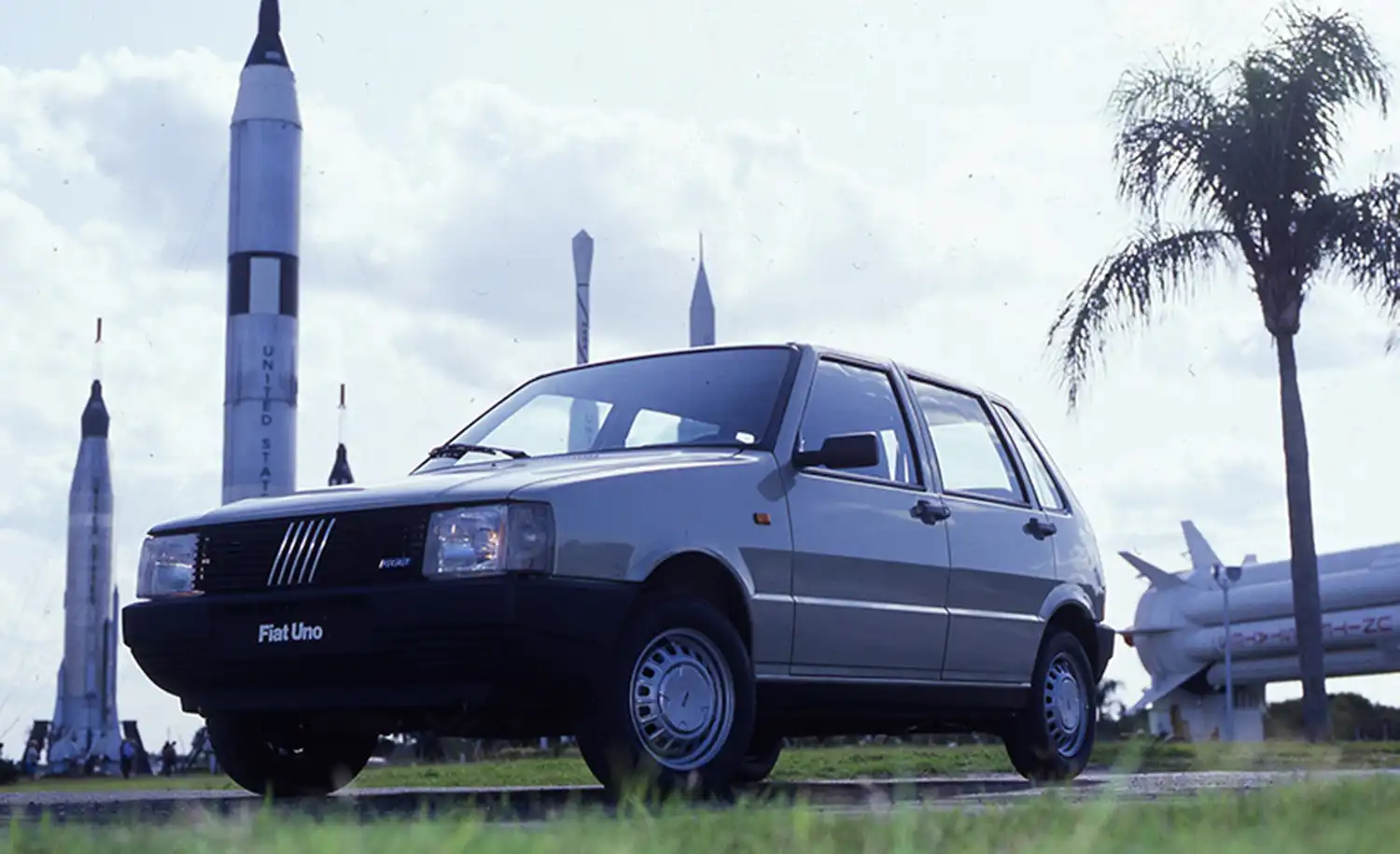
Then came the beast, the Uno Turbo i.e. With 105 hp, a turbocharged 1301cc engine, and a top speed of 200 km/h, it offered serious thrills in a small package. Diesel fans weren’t left out either, as Fiat later added a 70 hp turbodiesel model for long-distance commuters.
Fiat Uno Marketing Magic
Fiat’s advertising campaign turned the Uno into a character of its own. The animated elephant transformed into armchairs, piggy banks, and even fashion icons, creating terms like “comodosa” and “sciccosa” that still echo today.
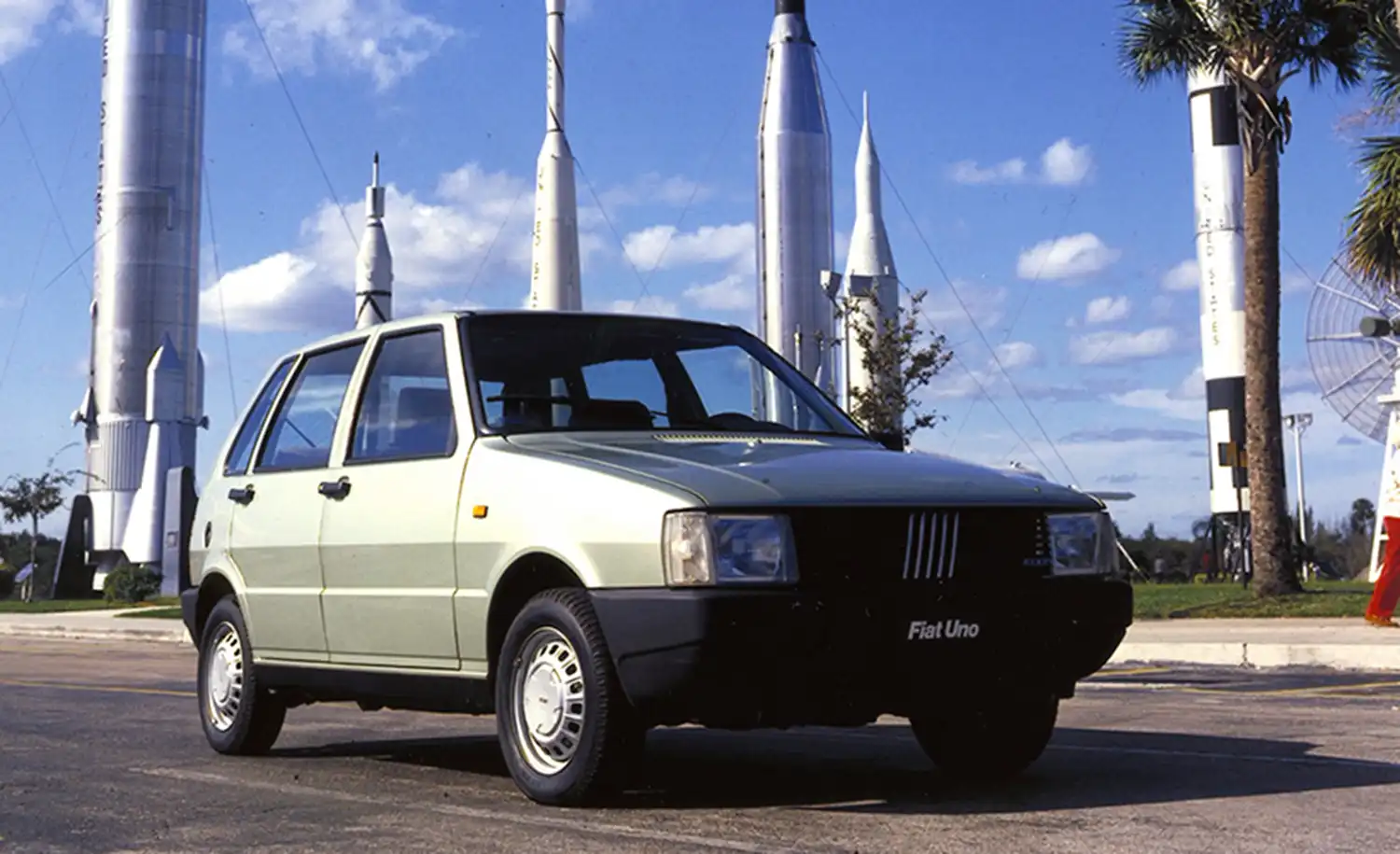
These fun, approachable ads helped turn the Uno into a cultural touchstone, especially in Italy. The campaign connected deeply with everyday drivers who wanted practicality without sacrificing style.
Racing Pedigree and Global Reach
While cute in ads, the Uno had serious motorsport roots. It replaced the Autobianchi A112 Abarth in grassroots racing and helped launch the careers of future rally stars like Alex Fiorio.
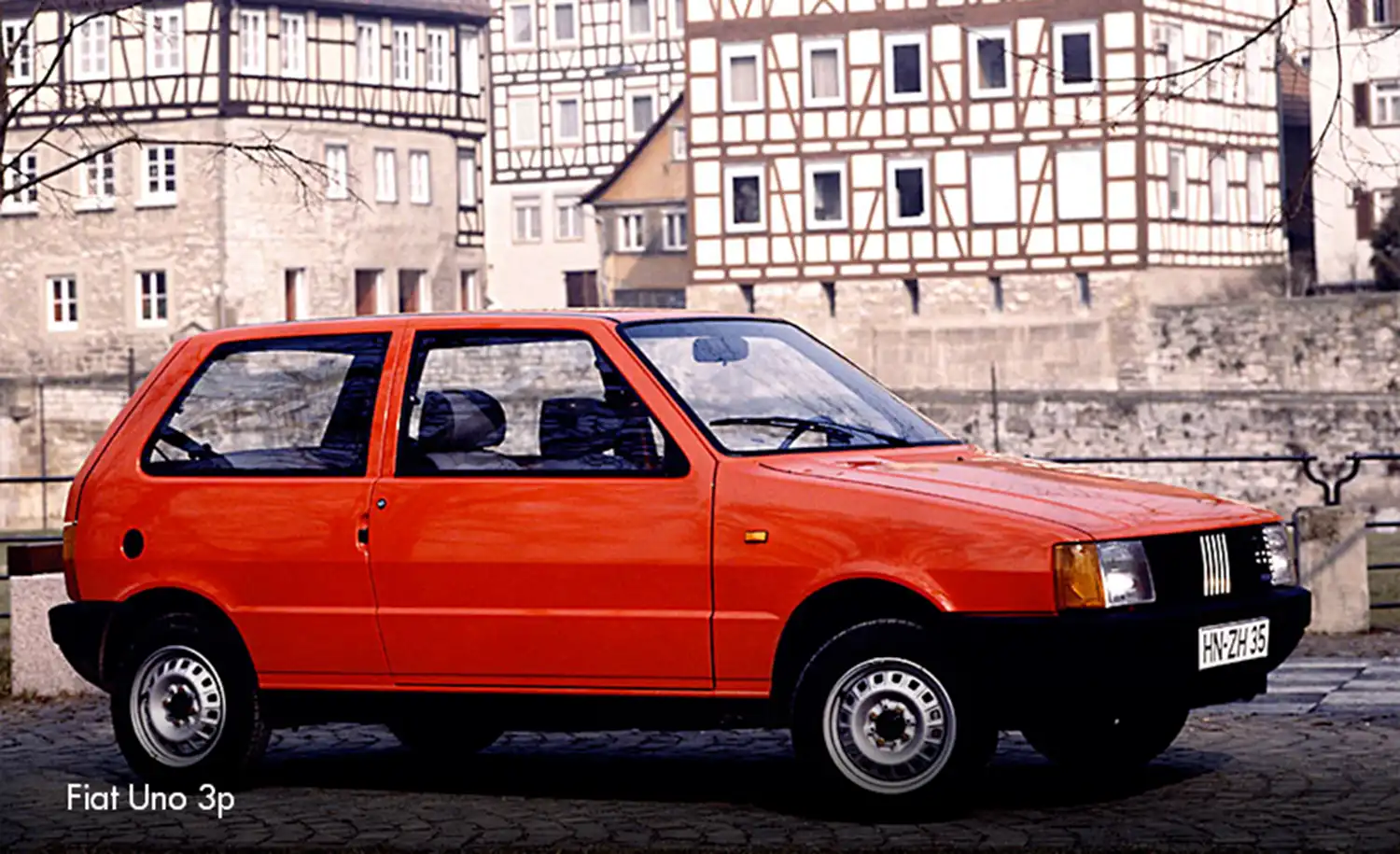
Production ended in Italy in 1995, but the Uno’s story didn’t stop there. It lived on across the globe, in Brazil, India, South Africa, and beyond. By 2014, around 9.5 million Fiat Unos had been built.
Summary
The Fiat Uno showed the world that innovation doesn’t have to be expensive. It proved that a small hatchback could be smart, stylish, and fun to drive. With its robotic roots and legendary FIRE engines, it changed the game for Fiat, and left a legacy that still matters.
Disclaimer: Specifications and historical context are based on official Fiat data and may vary depending on regional versions.
Source: Stellantis
